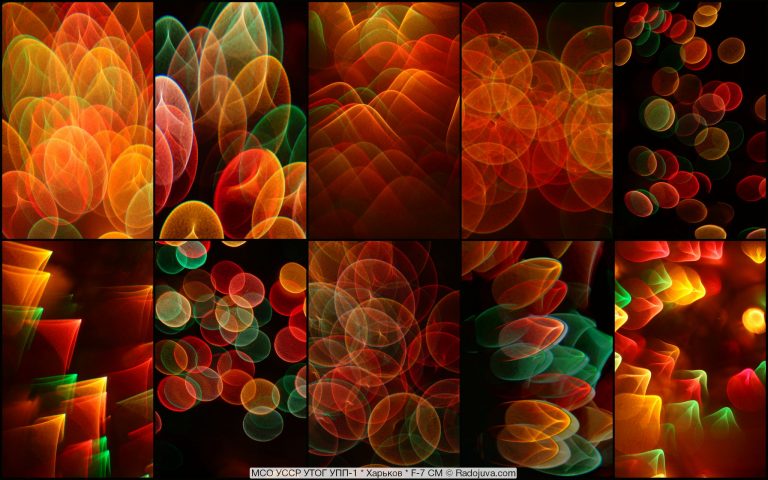TEXTURE IN NATURE. WHERE TO GET? HOW TO PHOTO?
 When we talk about photographing small scenes of nature, we mean pictures with objects, patterns and textures created in a natural way. The emphasis is on small details. Such photographs to a lesser extent reflect the literal qualities of an object (trees or plants), instead they focus on its more abstract qualities.
When we talk about photographing small scenes of nature, we mean pictures with objects, patterns and textures created in a natural way. The emphasis is on small details. Such photographs to a lesser extent reflect the literal qualities of an object (trees or plants), instead they focus on its more abstract qualities.
Texture in the nature. Where to get? How to take pictures?
One of the joys of photographing small scenes is that objects suitable for shooting are abundant in any place: from the backyard or the local public garden to the largest and most picturesque national parks. This makes shooting small scenes more accessible than other types of landscape photography. The presence of such photographs in the photographer’s portfolio adds depth to it, because such photographs, at times, are able to tell more about a particular place than a large landscape.
Here are some illustration tips to help landscape photographers improve their photography skills in small scenes.
Carefully explore the surrounding area. Even ordinary objects such as the bark of a tree or the surface of stones can be an interesting abstract subject for photography, which combines light, textures, colors and patterns.
Texture in the nature. Where to get? How to take pictures?
Plan to arrive at the place of future shooting several hours earlier before the right time. Without removing the camera from the case, wander for thirty minutes and just try to identify potential small objects suitable for shooting. Look up, look down and find details, big and small. Look at the patterns on the trees, consider the bark, the shape of the crown of trees, as well as the shapes and patterns of leaves or needles. Spend time exploring plant diversity. Explore the cliffs in the area. They can be covered with multi-colored lichen or have an interesting texture. Look for interesting lighting conditions.
You can hone your skills in photographing small scenes by spending a lot of time in the local botanical garden. Here you can experiment a lot, find out what works and doesn’t work.
If you are in the field waiting for the sunset or after sunrise, you can also spend time and take pictures of small scenes, limiting yourself to one or two focal lengths that you don’t often use (try 50 mm, 100 mm and 200 mm). Choose one or two items and take many different photos.
The processes of sunset and sunrise are fast, and photographing small scenes is often a slow and contemplative process. It takes time to see and study the details of this place. Be prepared to take your time and try experimenting with various technical approaches, including various focal lengths, shallow and large depth of field, and different shutter speeds when working with a moving object such as water.
In landscape photography, the clarity of the entire image field is almost always considered a key technical requirement. Overcoming this thinking is one of the most important skills in developing better perception for small scenes, especially when taking close-up shots of natural objects such as plants. With a 100 mm macro lens with the smallest aperture (f / 2.8) and the smallest focusing distance, the depth of field is incredibly small, which means that many elements of the subject will be out of focus. This lack of focus can help create an abstract image that you cannot see with your own eyes.
Check out this series of photos. At first glance, the subject seems a little larger than grass. Getting closer and using a very shallow depth of field (for example, f / 2.8 or f / 4.0 depending on the lens), you can make many elements of the plant out of focus, which allows you to focus on the lines, shapes and colors of this plant. A series of six files shows an example of how tiny changes in depth of field and focus points can completely change the nature of the resulting photo. When photographing objects of this type, moving the focus point slightly in each direction helps to get many different types of the same object.
Texture in the nature. Where to get? How to take pictures?
Pay attention to the photos from this series in the upper row in the middle. Bends add elegance to the image, soft colors are very pleasant, and there are almost no distractions. Some other photos also have their strengths, but not so good, and some photos have some unattractive elements (see lower middle photo).




